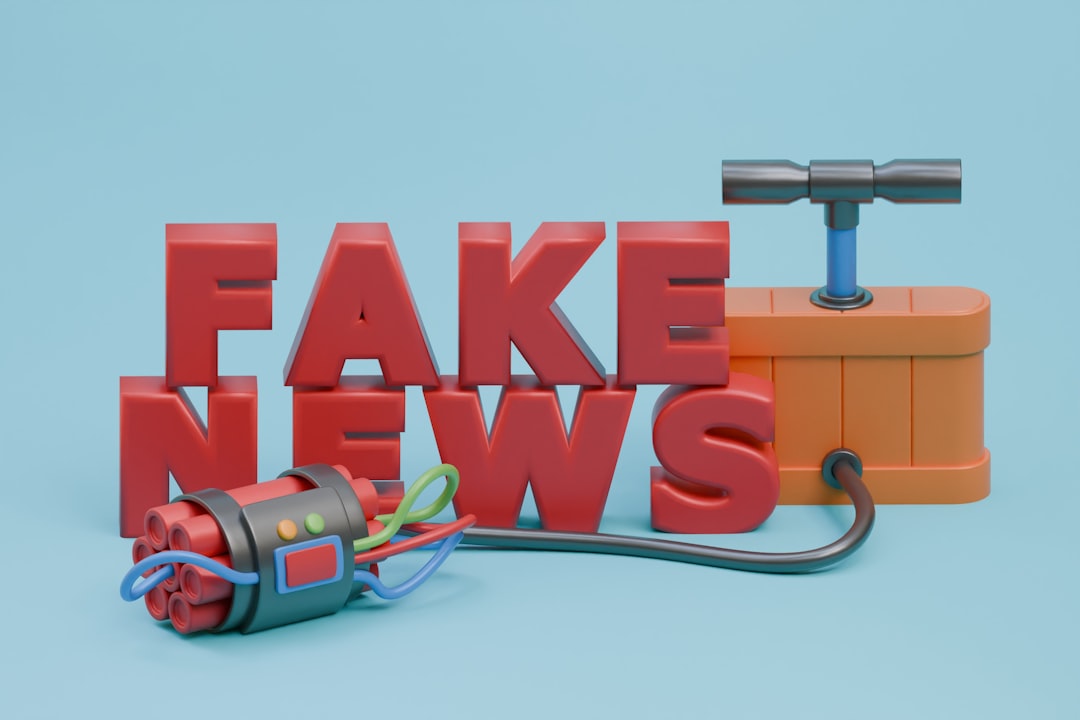Stock photos are a valuable resource in the world of digital content creation. They offer quick, affordable, and high-quality visuals for businesses, educators, bloggers, and marketers. However, while stock photography can be immensely helpful, its use raises several important ethical considerations. These considerations revolve around issues such as representation, consent, contextual use, and potential misleading implications.
1. Representation and Stereotyping
One of the most pressing ethical concerns is how people and cultures are represented in stock photography. Images tend to reinforce stereotypes by offering a limited and often biased view of certain groups. For instance, business-related stock images frequently depict white males in leadership roles while assigning supporting roles to women and people of color.
Why this matters:
- It reinforces outdated social norms.
- It limits the visibility of underrepresented communities.
- It can alienate audiences who don’t see themselves reflected accurately in the visuals.
Ethical use of stock photos involves being mindful of diversity and inclusivity. It’s essential to choose images that offer authenticity and avoid perpetuating harmful stereotypes.

2. Consent and Model Use
A common misconception is that purchasing a license for a stock image grants full freedom to use it in any context. While the legal terms might allow broad usage, ethical challenges arise, especially in sensitive contexts. The individuals in the images may not have intended their likeness to be associated with specific topics such as mental health, poverty, crime, or political issues.
Ethical considerations when using stock images of people:
- Was the model fully aware of how their image might be used?
- Does the usage potentially misrepresent the model’s identity or beliefs?
- Is the image being used in a way that could impact the individual’s dignity?
Even when the legal usage is acceptable, it’s important to think critically about how the imagery might be perceived—especially when it can reflect negatively on the person portrayed.
3. Misleading or Deceptive Use
Stock photos are often used to illustrate blog posts, advertisements, and news content. However, problems arise when images are used in a way that might mislead the audience into thinking that the image directly represents a real event, place, or person.

Scenarios where this becomes problematic:
- A stock image of a person is used in a “real-life” news story about a crime they had no connection to.
- A generic business photo is used to suggest association with a specific company or event.
- Stock hospital images accompanying an article wrongly implying conditions of a real facility.
To maintain trust, transparency about the use and origin of stock imagery is crucial. Where appropriate, adding captions or disclaimers can inform viewers that the image is for illustrative purposes only.
4. Context and Cultural Sensitivity
Images that appear neutral in one culture may have a completely different interpretation in another. Symbols, gestures, clothing, and even colors can be sensitive topics and could result in unintended offense when misused. Ethically sourcing and using stock content requires understanding the cultural context of both the subject and the intended audience.
It is especially important to be conscientious in global campaigns and multilingual platforms. Missteps can harm brand reputation and cause unintended disruption.
5. The Balance Between Convenience and Responsibility
With the convenience of stock photography comes the responsibility to use it thoughtfully. Ethical considerations should be just as important as aesthetic or budgetary decisions. Taking the time to select inclusive, respectful, and context-appropriate images shows integrity and professionalism.
How to use stock images ethically:
- Choose images that represent a diverse range of people, ideas, and backgrounds.
- Ensure the context of the image matches its use in your content.
- Avoid using images to falsely represent real events or individuals.
- Where possible, use editorial images for news or real-life representations to maintain accuracy.
Conclusion
Stock photos are not merely visual filler—they convey messages that influence perception, trust, and cultural understanding. As such, it’s essential to treat them with the ethical seriousness they warrant. While legal compliance is a necessary starting point, prioritizing respect, authenticity, and inclusivity in how we use stock imagery can help foster a more responsible digital space.
Making ethical choices in visual content not only protects the dignity of individuals depicted but also enhances the credibility and thoughtfulness of the message you are trying to convey.
